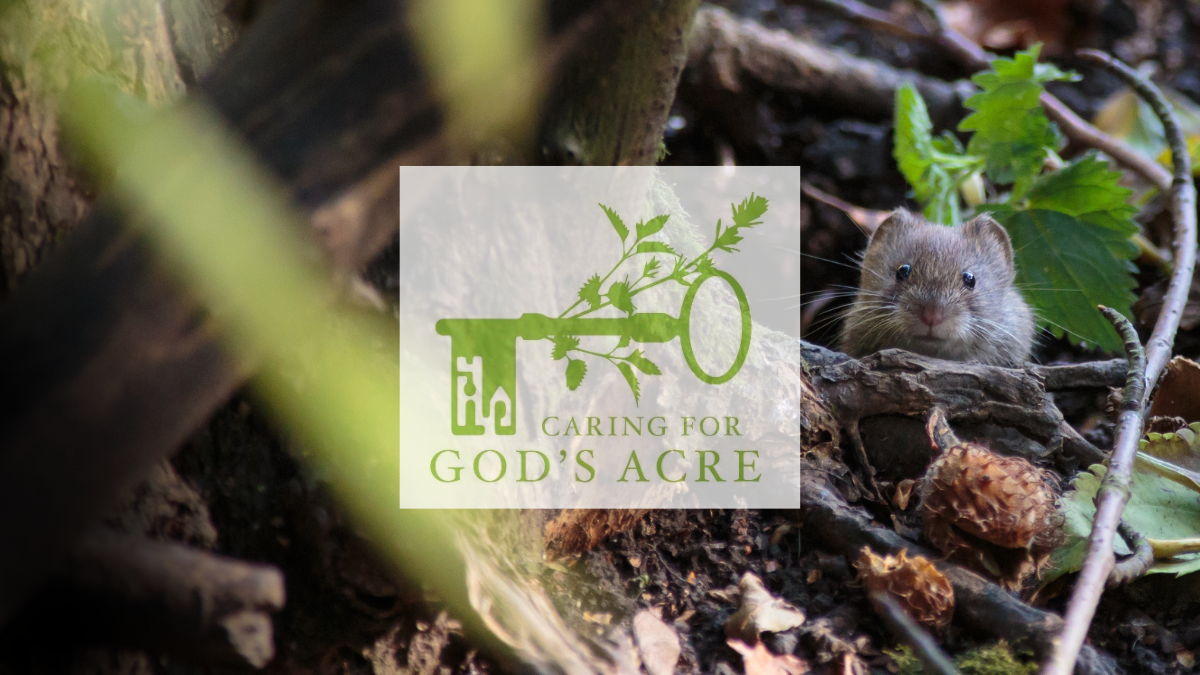
Under Your Feet
By August, areas of long, flowery grassland should have been cut (unless you have late flowering species such as scabious or betony present, in which case these areas can be left a little longer). With the cutting and raking of long grass there is often an opportunity to spy onto the world of small rodents such as mice, shrews and voles who may have made routes through the sward that are revealed by the cut.
Small rodents are short lived and highly reproductive, wood mice for example tend to live for about a year, during which time they may have up to six litters of between four and eight young. In a churchyard you may have several species of mice, shrews and voles, the most likely being wood mice, field vole and common shrew. Wood mice have large ears and eyes, useful for their largely nocturnal life whilst field voles have blunter noses and smaller ears and eyes, they can be active during the day and night. Shrews are distinctive with a long, pointed nose and tiny eyes. All of these animals need to feed frequently and are always on the move seeking food, with shrews eating 80 to 90% of their body weight each day. They feed on insects and other invertebrates but will also tackle quite large earthworms, far bigger than they are! Mice and voles seek out seeds, berries and fruits, some of which they may stash for later. Whilst mice can be agile climbers, voles tend to stick to the ground, following the trails they make through grassland that you can see after a cut.
Unfortunately for voles and mice, they are important prey items for a range of other species. Tawny owls, also often found in churchyards, hunt silently for small rodents as do kestrels, weasels, foxes and of course cats. If you are interested to find out more, look for owl pellets beneath a nest or roosting place, these are regurgitated bundles of the inedible parts of their food and often contain bones which can be teased out of the pellet and then identified, giving information on what they have been eating. Shrews by contrast are not such a staple food item, you may find a bitten and dead shrew lying on a path suggesting that it has been hunted but was not very tasty.
Churchyards and other burial grounds are havens for rodents, containing a mosaic of grassland, shrubs, woodland and lots of places to make burrows or use existing cracks, nooks and crannies. Free of herbicides and pesticides they are full of food, both invertebrates and plant material whilst areas of long meadow and tussocky coarse grass provide perfect cover. See if you can spot their burrows and runways and imagine their busy lives in the fast lane!
All the best,
Harriet Carty
Diocesan Churchyard Environmental Advisor
www.caringforgodsacre.org.uk - individuals and groups in the diocese receive 20% members discount on all CfGA materials. Use the discount code diomem22
